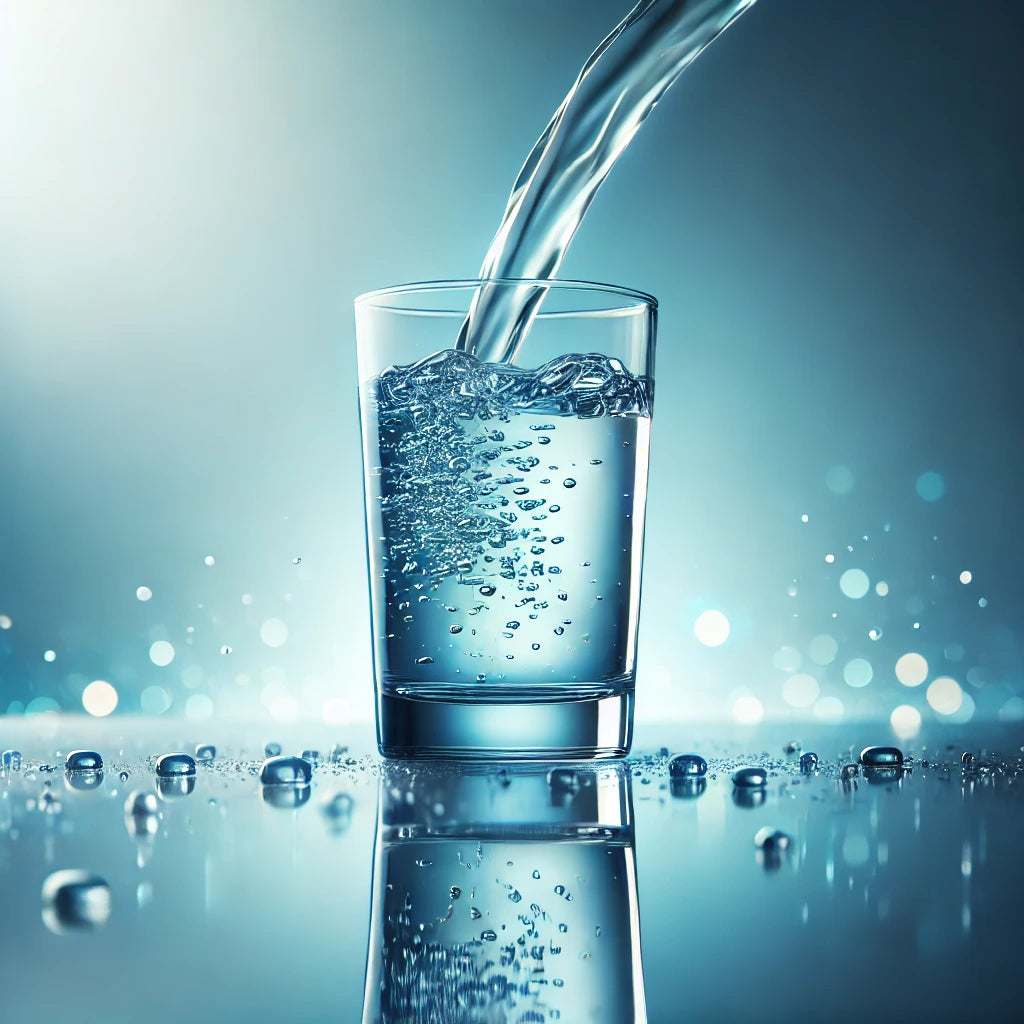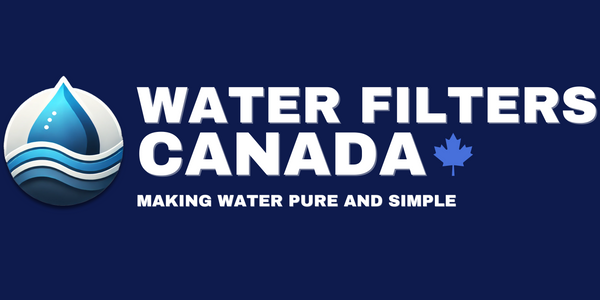Chlorine in Drinking Water: Benefits, Risks, and How to Reduce Exposure
Why is Chlorine Used in Drinking Water?
Chlorine is the most widely used disinfectant in municipal water treatment. It eliminates harmful bacteria, viruses, and parasites, making water safe to drink. Since the early 1900s, chlorination has drastically reduced outbreaks of waterborne diseases like cholera, typhoid fever, and dysentery.
Key Benefits of Chlorination
Powerful Disinfection: Kills bacteria, viruses, and other pathogens that can cause severe illnesses.
Residual Protection: Unlike some disinfectants that fade quickly, chlorine remains in the water as it travels through pipes, preventing recontamination.
Cost-Effective: Chlorination is an affordable solution for treating large volumes of water compared to alternative methods.
Proven Safety Record: Over a century of use has provided extensive data on its effectiveness and safety.
Essential for Public Health: Without chlorination, many cities would struggle to provide safe drinking water to millions of people.

The Risks of Chlorine and Its By-Products
While chlorine is effective at making water safe, it reacts with organic matter (such as decaying leaves and plant material) in the water, forming disinfection by-products (DBPs). One of the most concerning groups of DBPs is trihalomethanes (THMs), which include chloroform.

Potential Health Risks of Chlorine By-Products
Several studies have raised concerns about long-term exposure to THMs:
Increased Cancer Risk: Research suggests that prolonged exposure to high THM levels may be linked to bladder cancer and possibly colon cancer. One study found an increased risk in individuals who drank chlorinated water for 35 years or more.
Pregnancy Complications: A California study found that pregnant women consuming high-THM water had a higher risk of miscarriage.
Respiratory Issues: Chlorinated water can release volatile chemicals into the air during showering and cooking, which may irritate the lungs, especially in people with asthma.
Skin and Hair Irritation: Chlorine strips natural oils from skin and hair, leading to dryness, itching, and irritation, particularly in sensitive individuals.
Alternatives to Chlorination in Water Treatment
Many cities and water treatment facilities are exploring alternatives to chlorine, although they still require some level of chlorination for residual protection.
Other Disinfection Methods:
Ozonation: Uses ozone gas to disinfect without producing THMs. However, ozone breaks down quickly and cannot maintain disinfection through the distribution system.
Chloramines: A combination of chlorine and ammonia that reduces THMs but is a weaker disinfectant.
Chlorine Dioxide: Effective for initial water treatment but less stable over long distances.
Ultraviolet (UV) Light: Destroys bacteria and viruses without chemicals but does not provide lasting protection in pipelines.
Every chemical disinfectant produces some by-products, and chlorine’s effects are the most well-documented.
How the Canadian Government Regulates Chlorine in Water
The Guidelines for Canadian Drinking Water Quality, established by Health Canada, regulate chlorine and THM levels.
THM Limit: 0.1 mg/L (100 parts per billion). At this level, lifetime cancer risk is considered extremely low.
Guidelines are reviewed regularly, with updates based on the latest research.

How to Reduce Chlorine and THMs in Your Drinking Water
If you're concerned about chlorine exposure, there are effective ways to reduce its presence in your home water supply:
1. Use an Activated Carbon Water Filter
Removes Chlorine & THMs: Carbon filters effectively absorb chlorine and its by-products.
Types of Filters: Available as pitchers, faucet attachments, under-sink systems, and whole-house filtration units.
Choose Certified Filters: Look for filters certified by the NSF/ANSI 42 standard for chlorine removal.
2. Let Water Sit Before Use
Chlorine naturally evaporates. Letting tap water sit for 24 hours in an open container can significantly reduce chlorine levels.
3. Boil Your Water
Boiling removes chlorine but does not eliminate THMs. This method is useful for small quantities of water.
4. Shower with a Filter
Since chlorine exposure also happens through inhalation, a shower filter can reduce skin and respiratory irritation.
5. Consider Whole-House Filtration
A whole-house filtration system removes chlorine from all water sources in your home, improving the quality of drinking water, bathing water, and laundry.
Final Thoughts
Chlorination is essential for public health, but its by-products raise valid concerns. While the risks of THMs are still being studied, taking simple steps like using a water filter can help minimize exposure.
For more information on water filtration solutions, explore our Water Filters Canada product range.
